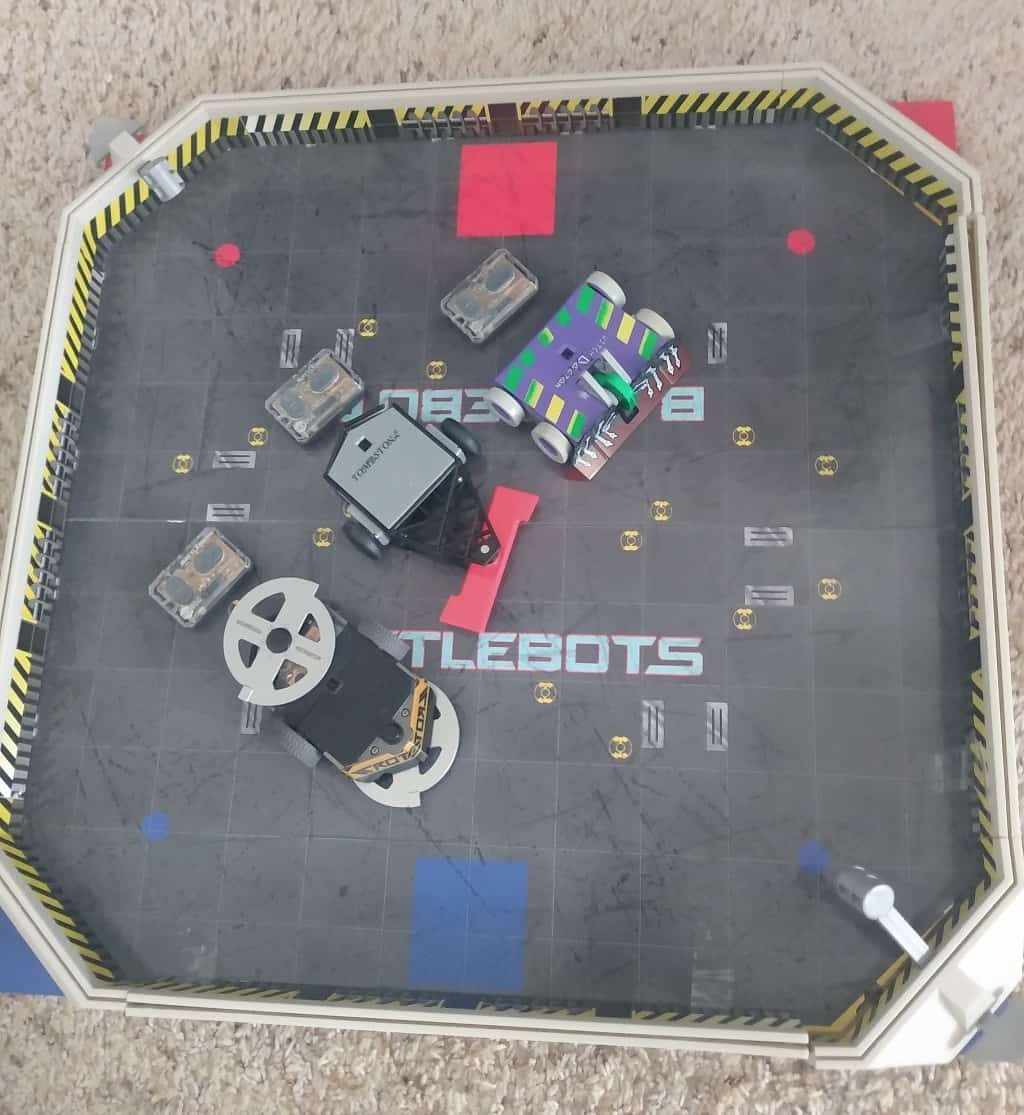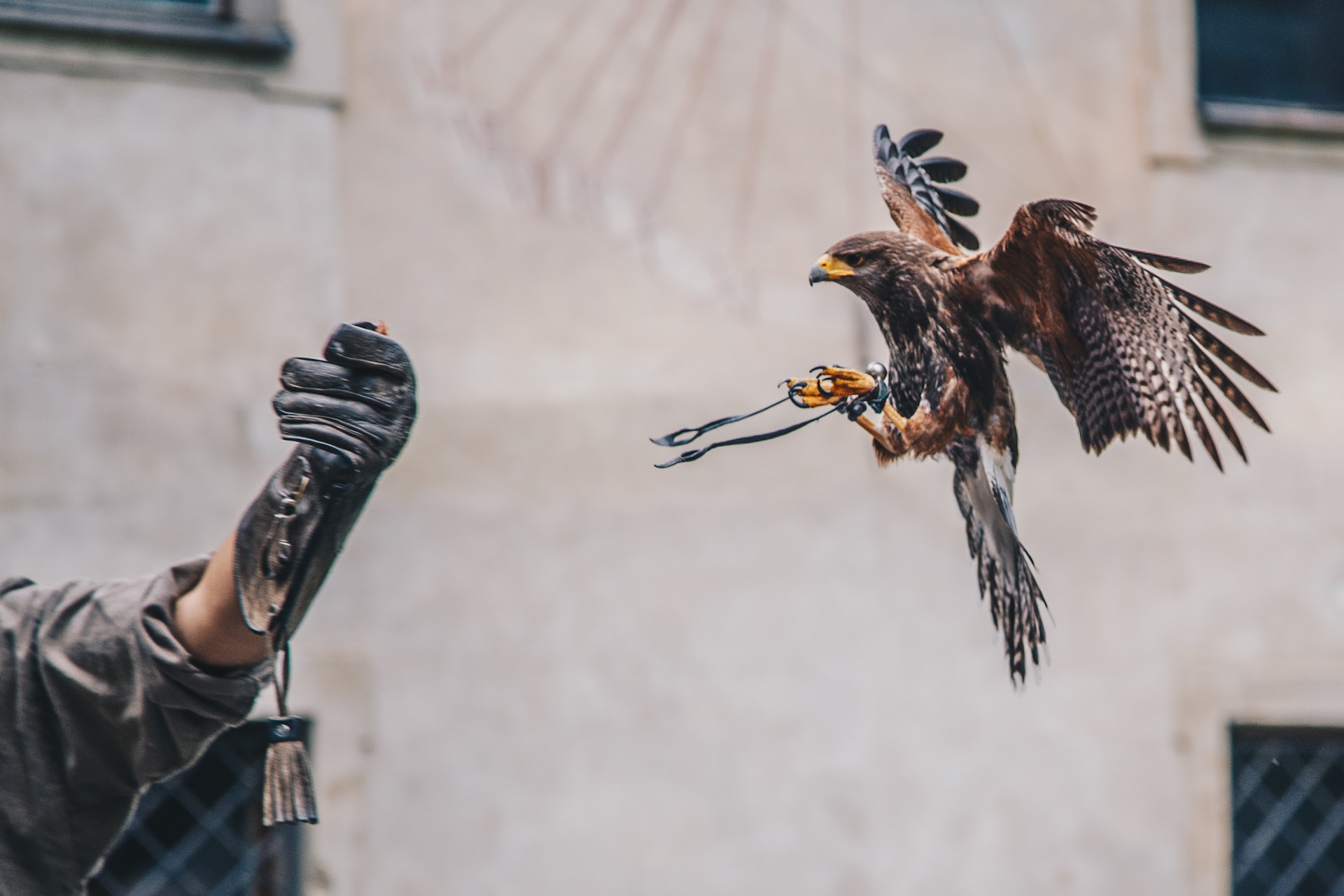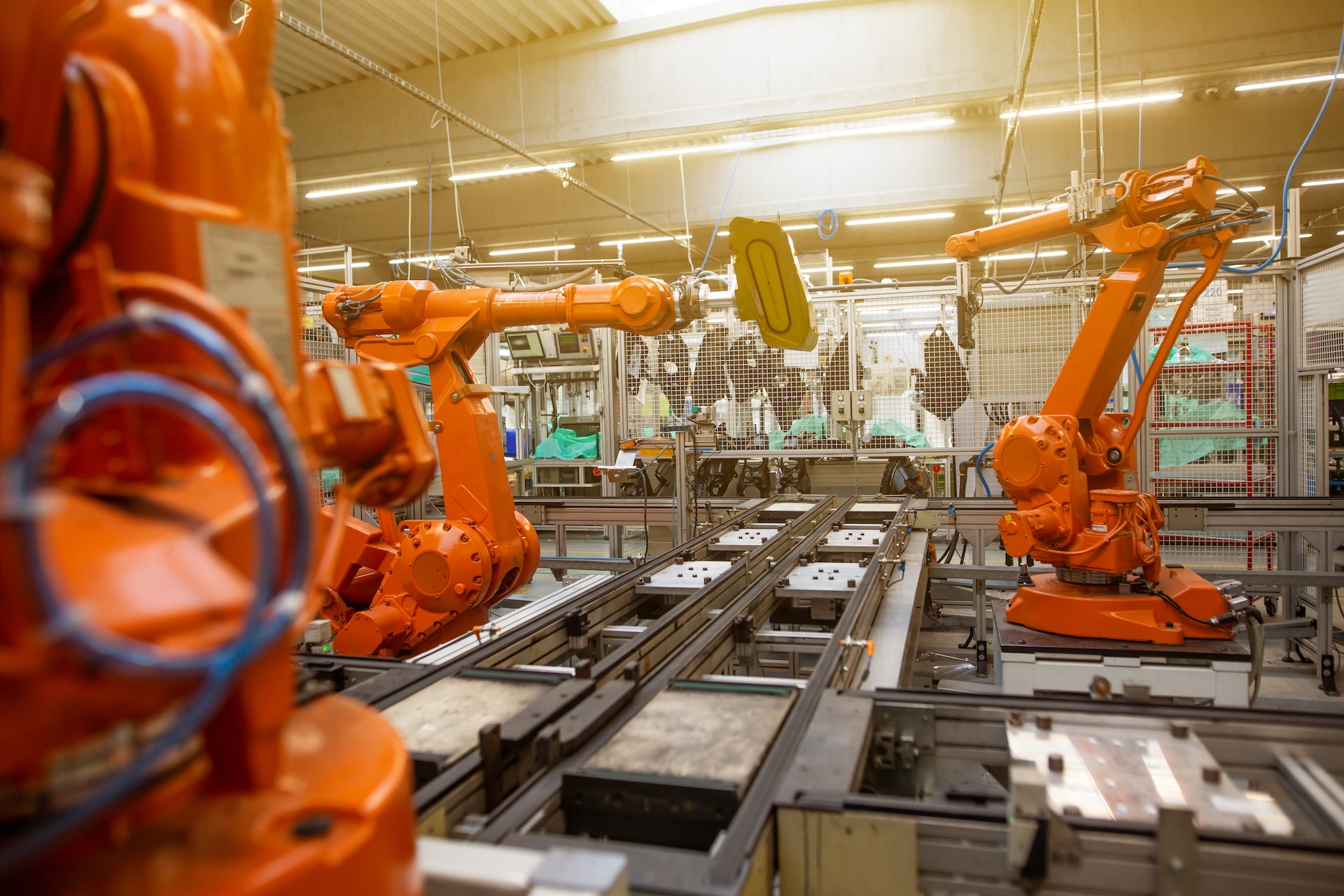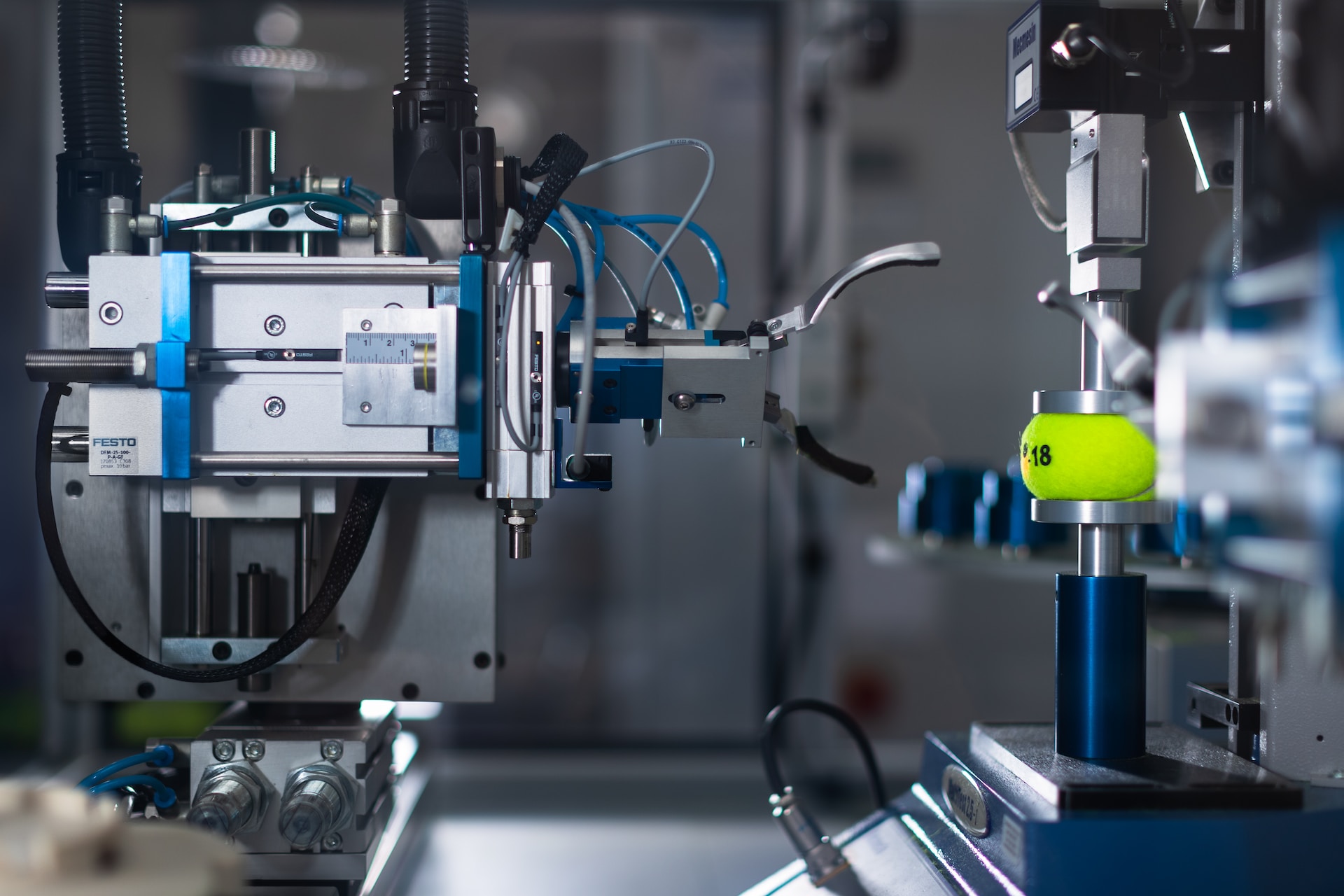
BattleBots Combine Technology and Tactical Skill for Success
September 7, 2021 - Revolutionized Team
Revolutionized is reader-supported. When you buy through links on our site, we may earn an affiliate commision. Learn more here.
“BattleBots” is one of the best-known and longest-running fighting robot competitions. Entrants must build destructive fighting robots that compete in a special arena. To win, a team needs the right combination of robotic engineering know-how and tactical ability.
The tournament, which has lasted for 20 years and generated 11 seasons of a TV show on Discovery Channel, is a great example of robot engineering in action.
While you don’t need to know anything about robots to enjoy the show, the bots themselves provide an opportunity for hobbyists and beginner engineers to learn more about how engineers tackle problems.
What Are BattleBots?
“BattleBots” is a long-running robot arena combat competition. Competitors design and operate remotely controlled bots that compete in an elimination tournament. The winners are those bots that can either destroy or disable their opponent within a time limit.
The robot’s design and the operator’s ability are essential, meaning competitors need to be effective engineers and performers.
The bots, importantly, are homemade. The engineers behind them are primarily working with garage engineer setups rather than high-cost manufacturing methods behind cutting-edge robots like those produced by Boston Dynamics.
It’s not uncommon for bots to utilize scrap electronics and materials. Therefore, the competition is sometimes also a show of how resourceful designers can be. There’s plenty of room for scrappy underdogs to win over carefully engineering bots built with all-new material.
The competition attracts both student designers and professional engineers with years of experience designing and prototyping devices.
BattleBot Design Rules
The design rules for bots are mostly simple, though they are carefully written to keep the competition both safe and entertaining. For example, each bot must be mobile and move in a controlled manner without damaging the arena. It must also have at least one weapon, like a “flipper, pounder, grabber, or whatever.”
While there is a weight limit of 250 pounds (or 10 pounds for “flybots” capable of taking to the air), there is technically no size limit. However, the bots will need to fit within the 8’ by 8’ starting area to compete.
The competition has run for 21 years since its inaugural tournament in 2000. A companion show which broadcasts highlights from the tournament has run on and off for 10 seasons.
In its most recent incarnations, seasons 8 through 11, Discovery broadcast the show. Preparations are underway for the 2021 World Championship and the filming of the 11th season, which will likely debut sometime in spring 2022.
Discovery is also home to a spinoff series, “BattleBots: Bounty Hunters,” featuring veteran bots and previous winners from “BattleBots”.
“BattleBots” has a deep archive with 152 episodes and more than 20 years of tournaments to dig through. This means hours of footage and hundreds of competitors over the years. However, a few standout bots demonstrate what makes the show so exciting for professional robot engineers and hobbyists alike.
How a BattleBot Gets Made
The competition attracts engineers from a wide range of backgrounds. Will Bales, for example, is the driver and one of the engineers behind Hypershock, a heavyweight, high-speed robot with a spinning weapon. This robot has competed in every season of the “BattleBots” reboot series.
The Hypershock team designs the robot using SOLIDWORKS, a solid modeling design and engineering program used in many industries.
Because the SOLIDWORKS file format is so widely used, the team can communicate quickly with manufacturers or pull in part models from third-party sources without thinking about compatibility. This streamlines the design and prototyping process each year.
Bales told Engineers Rule that the biggest challenges in designing a bot are that it has to be effective — both agile and able to take a beating. Bales also likes to consider aesthetics in the design process — the bot “also has to look cool.”
The flexible nature of the competition means engineers may adopt a wide variety of design philosophies. Some teams aim to build the toughest robot possible. They use materials like thick aluminum plating to minimize the damage competitors can do.
Others aim to make highly agile robots that can outmaneuver the competition. However these bots tend to be less well-armored and harder to pilot.
Bales’ team takes a middle-ground approach, looking to balance agility and toughness to make their bot effective in the arena.
The Variety of BattleBot Designs
Part of what makes the competition so engaging is that almost anything can work in a BattleBot design. While more practical bots tend to win out in the end, upsets aren’t that uncommon. Unpredictability can be a real asset, especially when experienced operators expect one kind of robot and then face off against another.
Designers need to consider both their bot and how their opponent may respond. Flashy presentation and unusual profiles may not be as effective as a more conventional design in the long run. Still, the first-time impact of a novel design can surprise an opponent and help secure victory.
Part of the excitement for designers is how many variables they have to account for. In addition to the variety of weapons and materials opponents may use, designers also have to think about the scenarios a bot can end up in. Effectively designed bots are often built by teams that can prepare their creations for a wide range of conditions.
In addition to some standard weapons — like sawblades, rams, wedges, and levers — some robots have deployed unique weapons, like spring-loaded sawblades, tethered projectiles, air cannons, and a rock-crushing drill.
The cost of bots can vary greatly. Most teams have more than $10,000 invested in their bots. Some teams spend as much as $30,000 prepping their bot for competition. A prize pool pays out to winners, and those who make it to later rounds win more — but most teams are in it for the love of the game.
Typical BattleBot Specs and Design Strategies
Those new to robot design basics can benefit a lot from seeing how BattleBot designers put basic robot vocabulary and design techniques into practice.
The team behind Icewave, a bot with a steel bar tipped with blades that spins at a speed of around 300 miles per hour, talked with Design World in 2018 about how most bots are designed.
Bot drive motors, for example, are typically brushed DC motors. These motors power, among other things, the bot’s drivetrain. The drivetrain is generally controlled with tank drive, meaning the right and left wheels operate separately.
Icewave uses motors that put out around 2.5 horsepower each. Robots that push other bots around using tools like wedges tend to have more powerful motors attached to the drivetrain. Depending on the bot, weapon motors may be significantly more powerful — putting out up to 40 horsepower or more.
Robot controllers are the same as the kind operators use to fly quadrocopters. These controllers typically use proprietary communication protocols that utilize the 2.4 GHz band.
Getting a BattleBot Team Ready for Competition
Some newly formed teams will also enter their bots in other robot fighting competitions to see how they work together in practice. The team behind Valkyrie, for example, a bot with a flywheel-style weapon, practiced in another tournament before signing up for “BattleBots.”
After a month and a half spent on aerodynamic theory, the team prepared for a dry run in another competition to see how their team worked together in practice. According to one Icewave team engineer, prepping for a tournament is the best way to see how well each member will handle pressure and working with others under tight deadlines.
Like many bots, Valkyrie was a product of trial and error. With 3D printers and water jet cutters gaining popularity, it’s possible to quickly iterate on old designs and develop prototypes to test.
How “BattleBots” Teaches Engineering Basics
“BattleBots” is one of the most accessible examples of practical engineering that beginning designers can watch. The variety of robots on the show demonstrates how engineers can use many different strategies to tackle the same problem.
Importantly, the show also demonstrates how failure is often part of the design process. Even the most well-thought-out designs can fail in the arena. However, that just means the team has room for improvement and can return to preparing their current bot for next time around.
Image Credit: DestinationFearFan, CC BY-SA 4.0, via Wikimedia Commons
Revolutionized is reader-supported. When you buy through links on our site, we may earn an affiliate commision. Learn more here.




